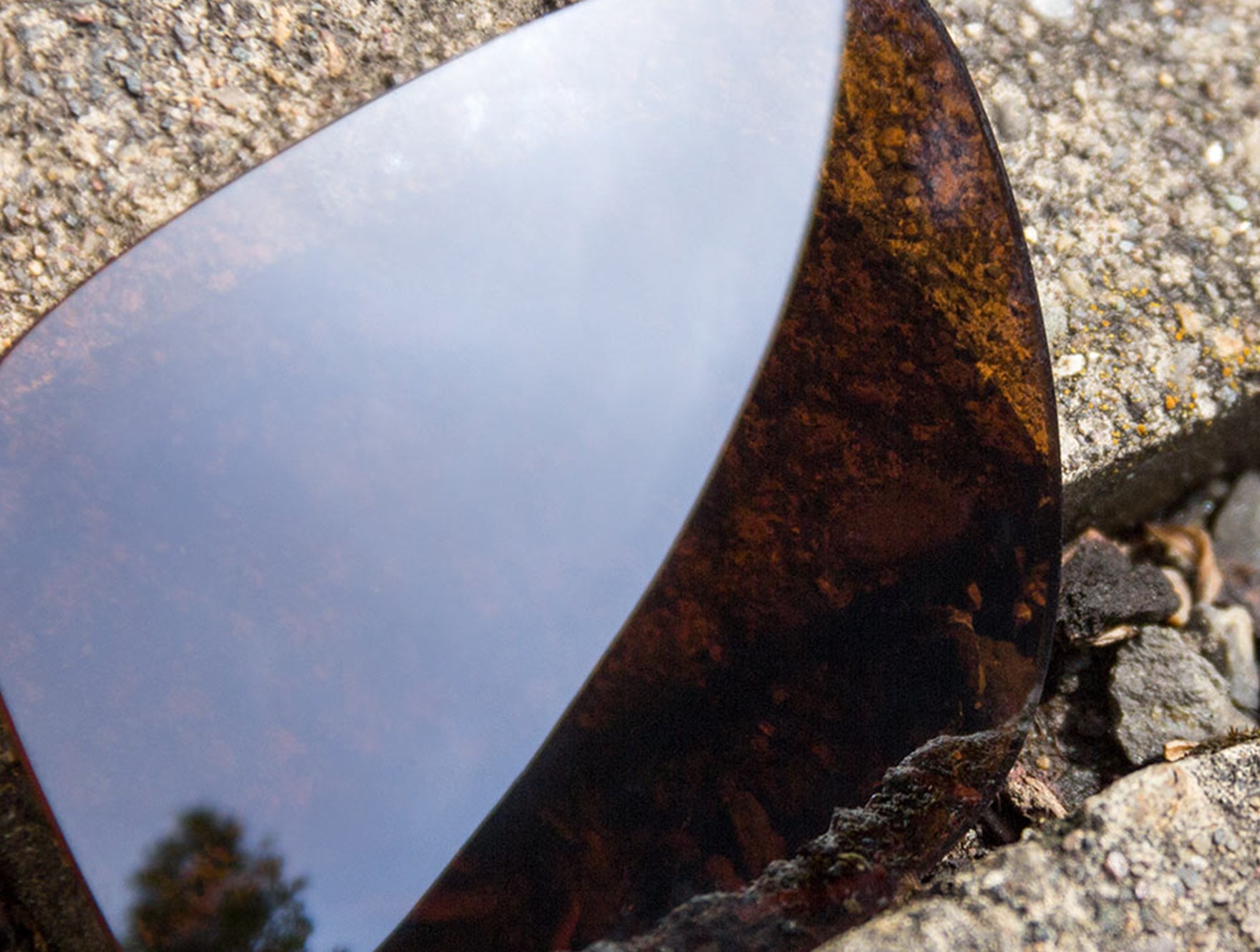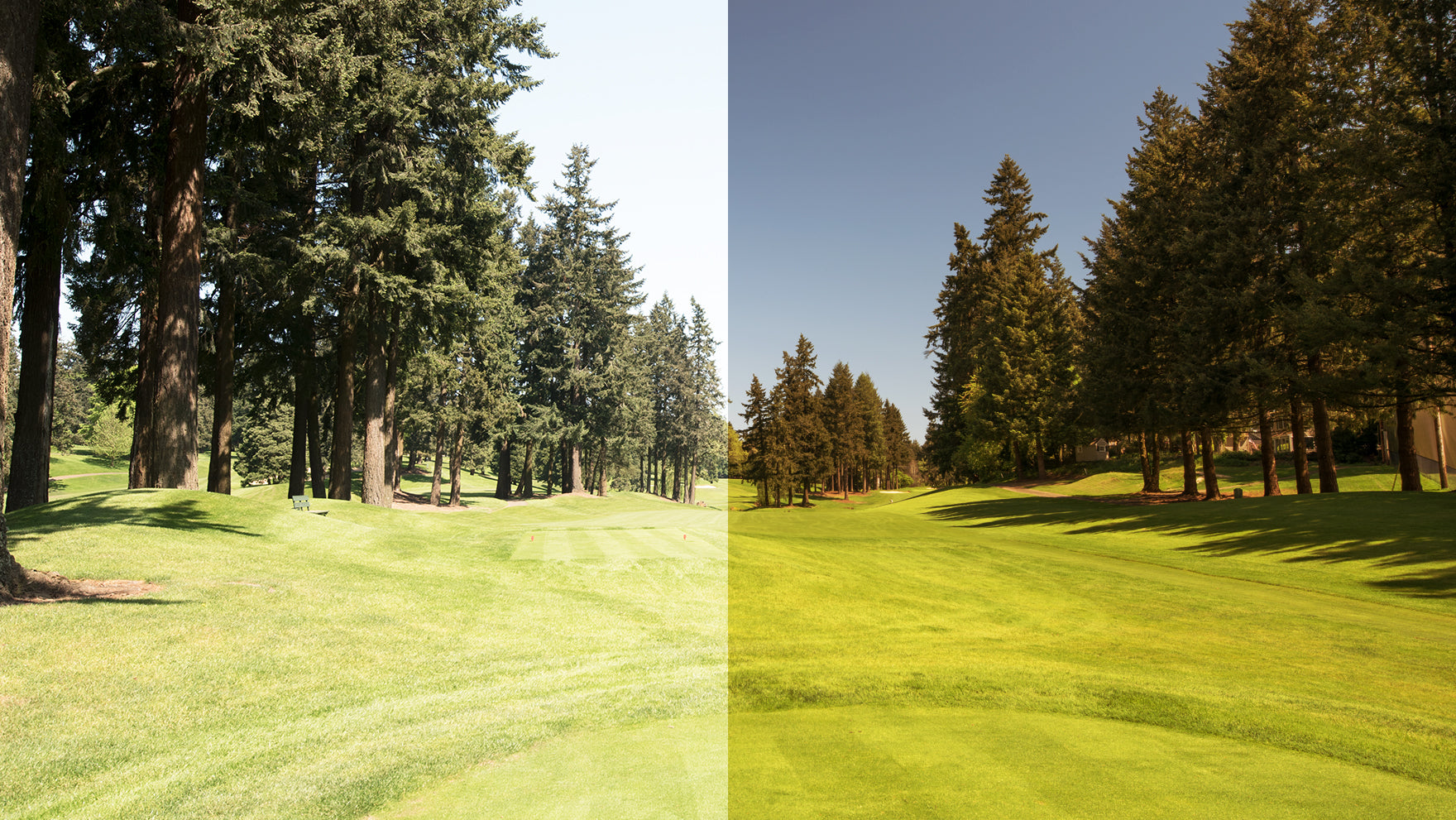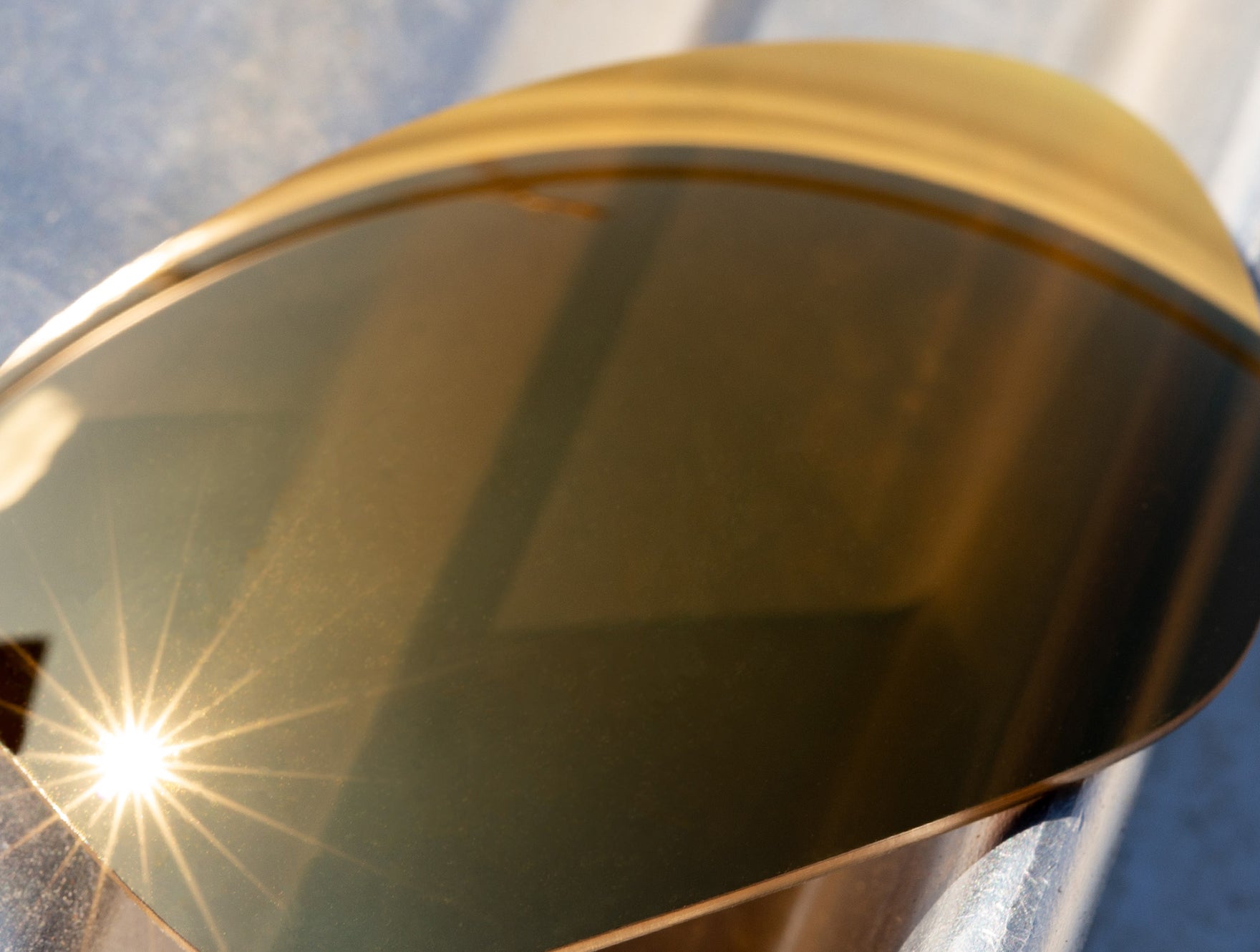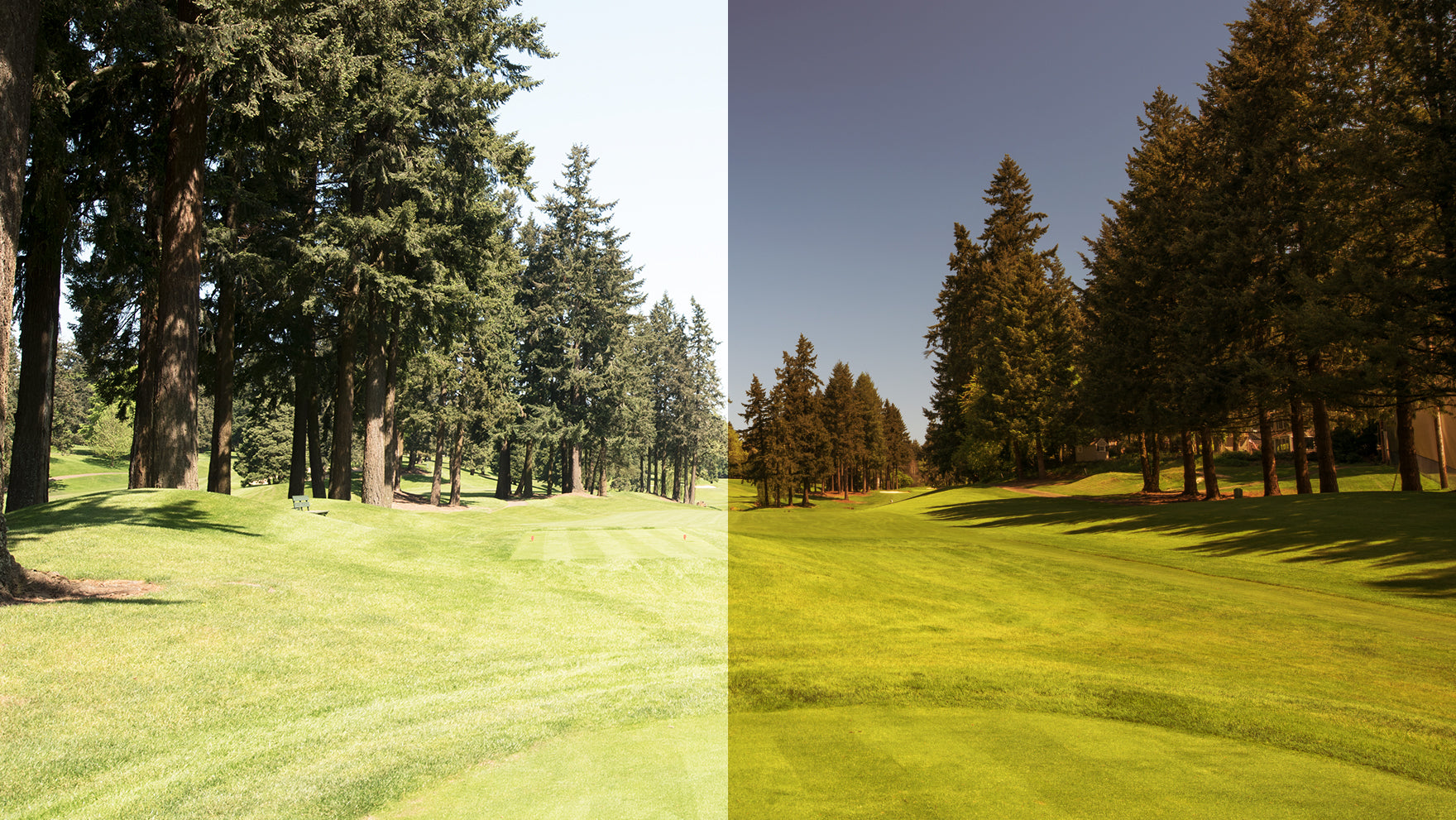If you’re reading this then you’ve likely invested hundreds of dollars into your clubs and countless hours at the driving range to try and improve your game...But what if we told you that something as simple as updating your sunglass lenses could actually be that overnight performance change you’ve been looking for? We know, it might sound too good to be true, but stay with us as we talk through everything from polarization, differences in lens coatings and colors, and how they can help lower that handicap on the course.
What is Polarization?
Revant polarized filters create vertical openings for light. Only light rays that approach your eyes vertically can fit through those openings. The lenses block all the horizontal light waves bouncing off a smooth pond or a shiny car bodies, as an example — Thus removing harsh and distracting glare from your view.
The Pros and Cons
Those who swear up and down that polarized lenses for golf are a poor decision claim:
- Polarized lenses alter depth-perception
- Distort vision
- Cause an inability to properly read the green
The Rebuttal
- There has been no research that suggests that polarized lenses negatively alter depth perception. In fact, a 2008 study concluded that the sharper contrast provided by polarization aided in enhancing depth perception.
- Unless your lenses have a distortion in them or you’re sensitive to polarization (it can cause headaches, nausea, or dizziness for some people), polarized lenses have never been proven to distort vision. It’s more likely that those against polarized lenses either ended up with a defective pair or are simply ill-suited to them.
- This does have merit. The sheen of the green used to determine the lay of the grain is caused by reflected light. Since polarized lenses cut this glare, you won’t be able to see this sheen any longer. However, if there isn’t any sheen to begin with, then wearing polarized lenses won’t have any impact.
The Case for Polarized
- The average 18-hole round takes about 4 hours, and vision needs to be sharp throughout. A polarized lens will let you finish a round with fresher eyes because your eyes won’t be fatigued from squinting through the glare reflected off bunkers, water hazards, and even the grass.
- Enhances contrast, so the ball stands out in greater relief from the greens and as it leaves the tee.
Conclusion
It would seem that the negative effects of wearing polarized lenses while golfing are negligible, and they may actually improve performance. Just pull them off while reading the green if you need to take into account the sheen of the grass. However, the weightiest measure in the case of polarized vs non-polarized isn’t a matter of science or research, nor can it be broadly applied across the board.
And that’s simply because it’s a matter of personal opinion.
You are the defining factor in determining whether polarized lenses will mess up your golf game. Because if you’ve got that in your head, every time you make a poor drive or read the green incorrectly, a nagging part of you may blame (at least in part) your polarized lenses. It’s the placebo effect but in reverse. If you believe polarized lenses are going to hurt your game, you might end up with an abysmal score.
Revant offers a 60-day return policy, so feel free to take them out on the course a few times to get the feel, and then make your decision. Whichever you think improves your game is the lens for you.
The Right Tints to Tee Off
Optimized for a day on the links, the right lens for the light condition will sharpen your view of the fairways and greens so you can commit to good lines and shave strokes off your game.

Elite Polarized Emerald Green
Bright Light Lens
Prepared to take on the 18 no matter how bright the sun, Emerald Green maximizes contrast, emphasizing contours and slope variables for a more accurate read of the green. With enhanced depth-perception and intense color separation, the white of the ball will pop against the sky so you can track it from tee to fairway. And precision polarization cuts piercing glare for fresh eyes and sharp focus from the first practice swing to the last putt.
Repel Water + backside Anti-Reflection performance coatings shed water and sweat and keep glare from bouncing back into your eyes so nothing can come between you and your best game.


Elite Polarized Flash Bronze
Medium Light Lens
If you’re out there hitting bombs off the tee, you’re going to want lenses that will help you track your ball as it sizzles across the sky. Flash Bronze lenses really dial up the contrast to help you scan the fairways and read the subtleties of the greens. Ideal for early tee times or late afternoon rounds, these lenses perform great in medium light conditions.


Elite Polarized Flare Gold
Bright Light Lens
You don’t have to be a scratch golfer to appreciate the warm view tint that Flare Gold lenses offer. Every blade of grass looks sharper and crisper and not even the bright midday sun can throw you off your game with these lenses caddying for your eyes.

